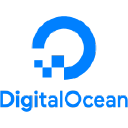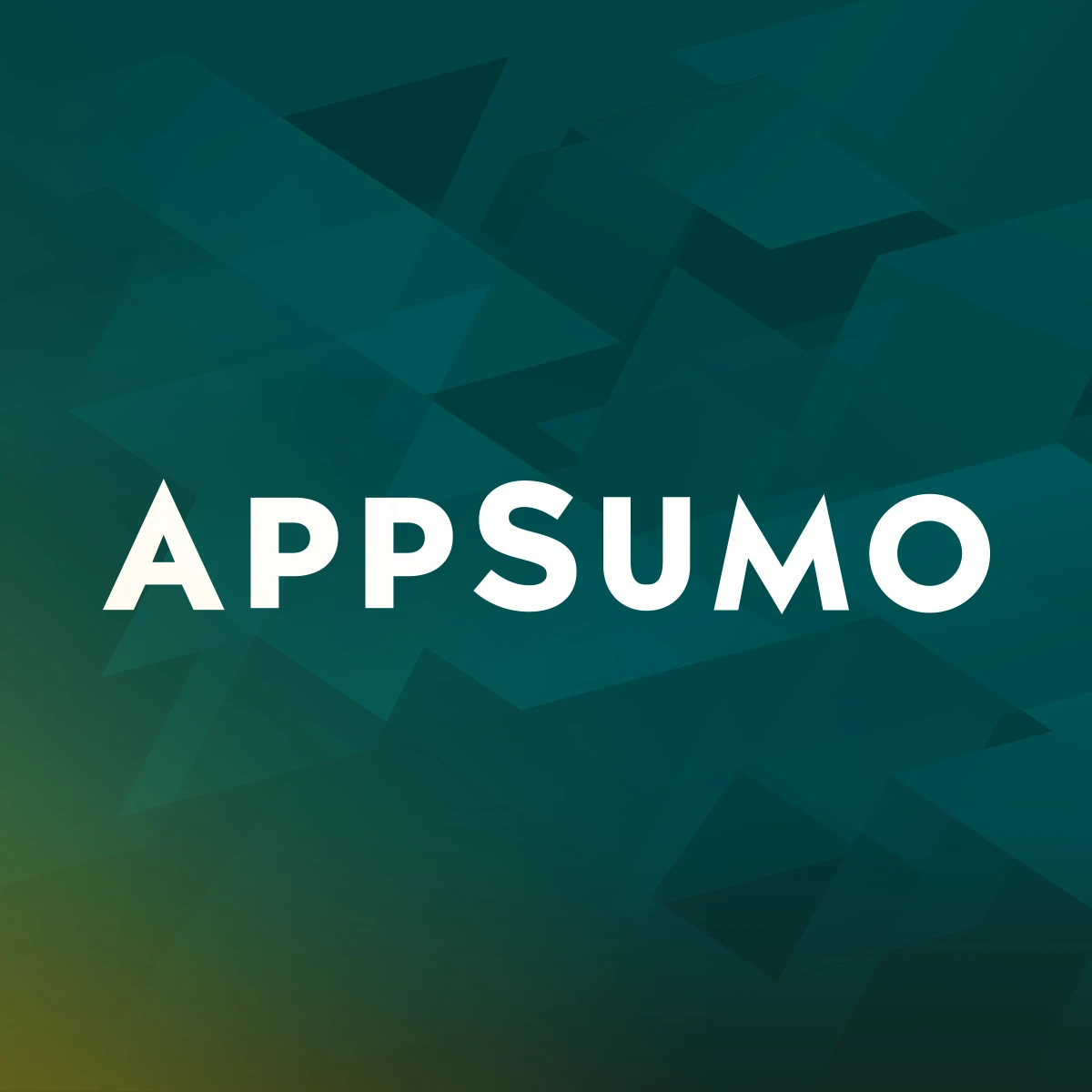I Built An Email Marketing Tool For Solopreneurs That Makes $20K/Mo
Hello! Who are you and what business did you start?
Hi everyone! I’m Marcus Biel, a Java developer turned entrepreneur. Around four years ago I started my company Maildroppa with a clear plan: to build an email marketing solution that is easy to use, yet also powerful.
I wanted it to be accessible to solo founders and bootstrappers like myself. This meant making it very affordable, which is especially important when you’re first starting out.
With this in mind, I created a free plan for 100 subscribers valid forever. This plan doesn’t just have a few features, it has access to all the features that a premium subscription would. Effectively, your email marketing only starts costing you money once your business gains traction.
Once you’ve exceeded the free plan, it’s still incredibly affordable with 1000 subscribers costing as little as $5. This means that Maildroppa’s growth is linked to the growth of our customers’ businesses.
I immediately saw that this approach was creating trust and leading to genuine partnerships. I don’t just want my customers to succeed; I need them to. It’s a tool made for bootstrappers by a bootstrapper. The benefits have been clear for...

Download the report and join our email newsletter packed with business ideas and money-making opportunities, backed by real-life case studies.

Download the report and join our email newsletter packed with business ideas and money-making opportunities, backed by real-life case studies.

Download the report and join our email newsletter packed with business ideas and money-making opportunities, backed by real-life case studies.

Download the report and join our email newsletter packed with business ideas and money-making opportunities, backed by real-life case studies.

Download the report and join our email newsletter packed with business ideas and money-making opportunities, backed by real-life case studies.

Download the report and join our email newsletter packed with business ideas and money-making opportunities, backed by real-life case studies.

Download the report and join our email newsletter packed with business ideas and money-making opportunities, backed by real-life case studies.

Download the report and join our email newsletter packed with business ideas and money-making opportunities, backed by real-life case studies.









































